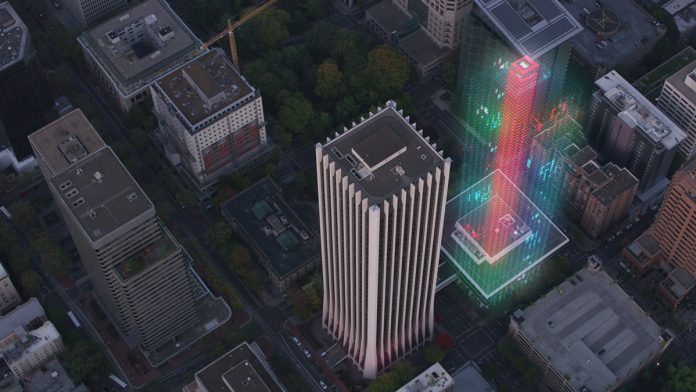How can digital twins help in the race towards decarbonisation?
Against the backdrop of climate emergency declarations, net-zero targets are the talk of the town. The UK was the first G7 country to set a net-zero emissions target by 2050, but others have shown greater ambition. Finland has committed to be carbon-neutral by 2035, Norway has a 2030 target and eight EU countries have asked for all members of the bloc to commit to net-zero by 2050.
According to Prof Mark Maslin, Professor of Climatology at UCL: “UK government is taking the advice of the Climate Change Committee. This is because the science is very clear, that if we are to have any chance of keeping the world from warming more than 2˚C then the whole world must hit zero carbon emissions by 2050.”
So what is a digital twin and how can it help in this race for decarbonisation?
Digital twins are virtual replicas of a physical device that can be used to run simulations before actual devices are built to optimise deployments for peak efficiency and look at what-if scenarios. They are changing how technologies such as the Internet of Things (IoT), Artificial Intelligence (AI), machine learning (ML) and analytics are being thought about.
Manufacturing is the area where rollouts of digital twins are probably the furthest along, with factories already using digital twins to simulate their processes. However, the technology is moving out of this sector and merging with IoT, AI, ML and data analytics to cover buildings and even cities.
So we all know that buildings account for around 40% of carbon emissions and that the built environment is one of the sectors identified by the IPCC as low hanging fruit in the quest for reducing global carbon emissions. However, the construction industry can be slow to change and averse to adopting new technologies.
Energy efficiency should be the most important decarbonisation strategy for the built environment
A digital twin of a building or group of buildings delivers dynamic 3D models that reflect real-life performance, and which can deliver energy resilience, cost savings, resource efficiency and, most importantly, decarbonisation of buildings, campuses, communities and cities.
Building performance simulation tools have been around for decades now and their use is pretty well established in building design. The key piece missing in elevating these types of models to digital twin level has been operational real-world data, and the interconnection between heat, cooling and power networks, and buildings.
Building simulation software predicts ‘answers’ using fundamental physics principles and can predict a new ‘scenario’ even when no prior data exists. While AI and machine learning requires large datasets from which to train algorithms to extrapolate data, make faster predictions and derive the answer.
A digital twin of a building responds to real-world data by producing predictions through simulation, AI, machine learning and data analysis techniques. This is the key difference between a digital twin and a BIM model, a question often asked within the industry.
A BIM model remains very much a static representation or “snapshot in time” of the building, which is based largely on design assumptions or construction documents. Whereas a digital twin behaves like the real building, responding to operational conditions and building occupancy to produce an invaluable operational asset. It is the addition of physics-based simulation that makes this possible, as well as offering the ability to fill data gaps, make predictions on completely unforeseen scenarios and continuously optimise operational performance.
The new ICL Environmental Digital Twin technology from IES leverages the best of both building simulation and AI/machine learning, allowing users to more accurately make informed decisions and gain hidden insights ranging from: energy use to building comfort; transport connectivity to waste heat; electricity networks to renewables and much more.
The ICL replicates reality by simulating the physics of energy and heat flow throughout your building(s), incorporates real-world operational data, helps fill in the data gaps and allows management of live data eg sensor anomalies, keeping the digital twin as accurate as possible to enable deeper energy savings.
To find out how the ICL is helping to deliver energy-efficient communities and campuses visit www.iesve.com/icl/case-studies.
Integrated Environmental Solutions LTD
Tel: +44 (0)141 945 8500
Please note: this is a commercial profile.














